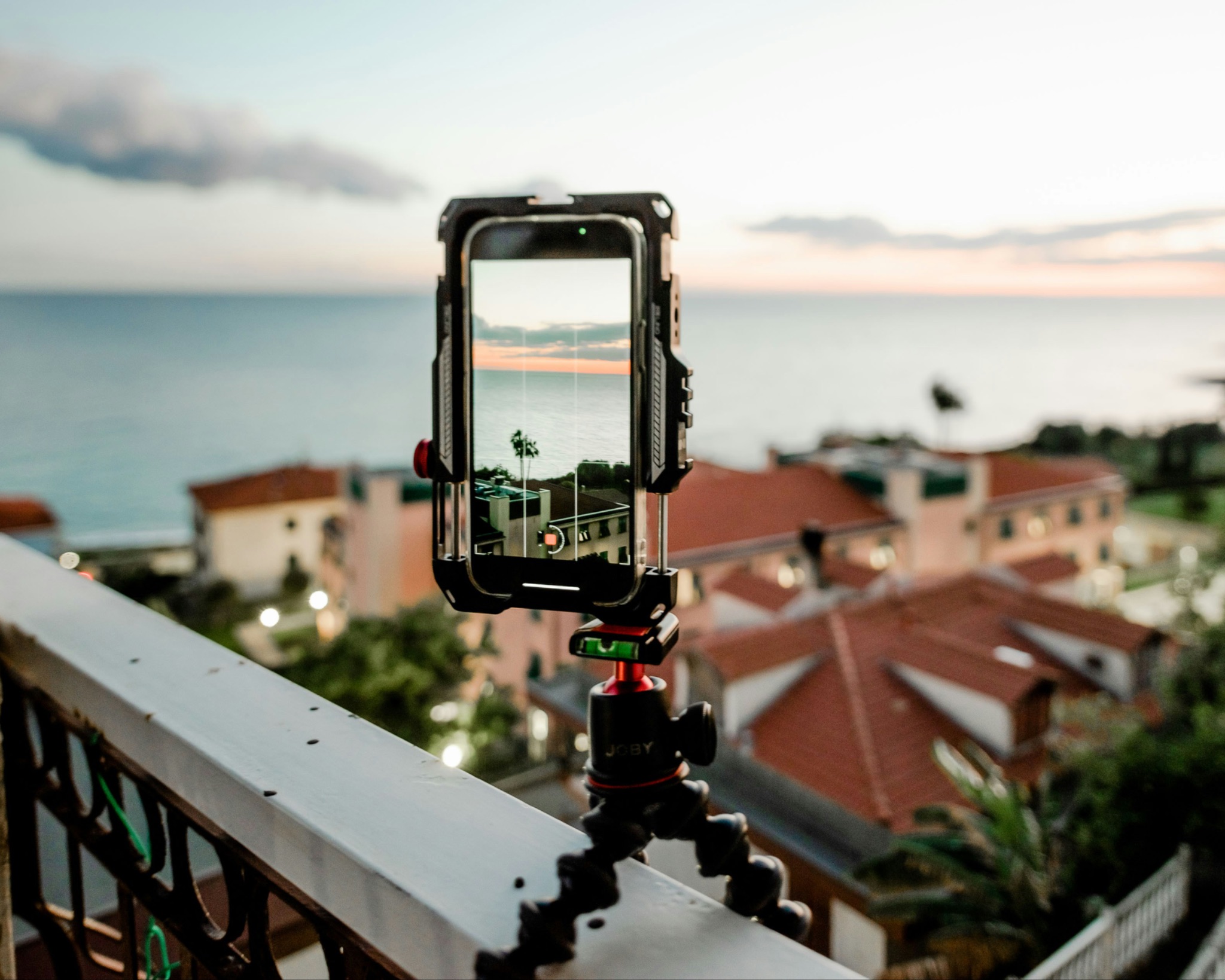Since NASA's Juno spacecraft entered Jupiter's orbit in July 2016 and began transmitting image data, the world has gotten glimpses of the solar system's largest planet and its moons.
But a new batch of images that have been contributed by spacewatchers using data from the mission are stunning, even by these standards. The most recent perijove, or the point when it's closest to the planet, occurred for Juno on Oct. 23, and interpretations of the image data sent back home show jellyfish-like colors and colorful spots across the planet's surface.
Jupiter showing off.
NASA/JPL/SwRI/MSSS/Gerald Eichstädt/Thomas ThomopoulosThe JunoCam page offers access to raw image data, but contributors can upload cropped or processed versions to spotlight various features. According to the JunoCam page, "The types of image processing we'd love to see range from simply cropping an image to highlighting a particular atmospheric feature, as well as adding your own color enhancements, creating collages and adding advanced color reconstruction."
You can see the latest featured contributions here. The next perijove will happen on Nov. 25.

 2 weeks ago
5
2 weeks ago
5









 English (US) ·
English (US) ·